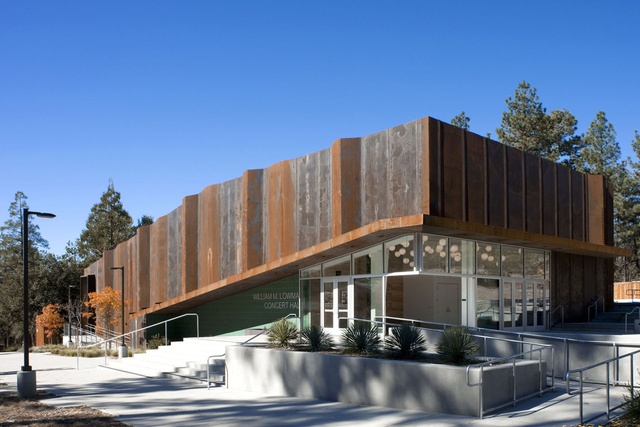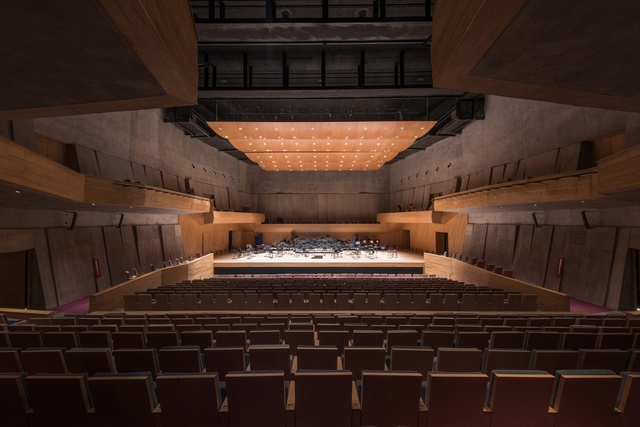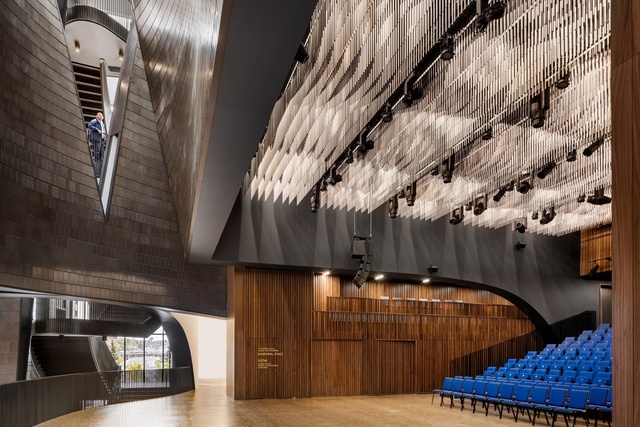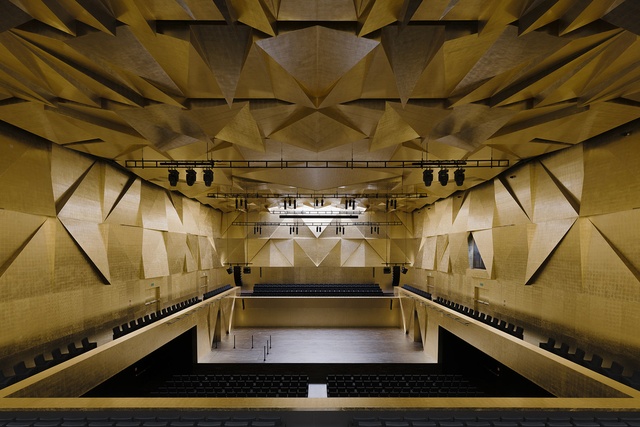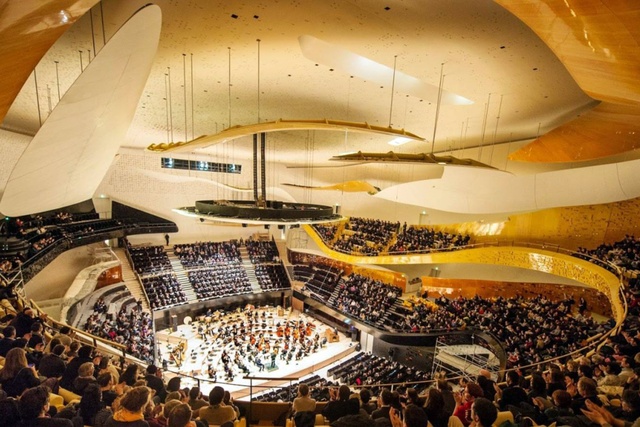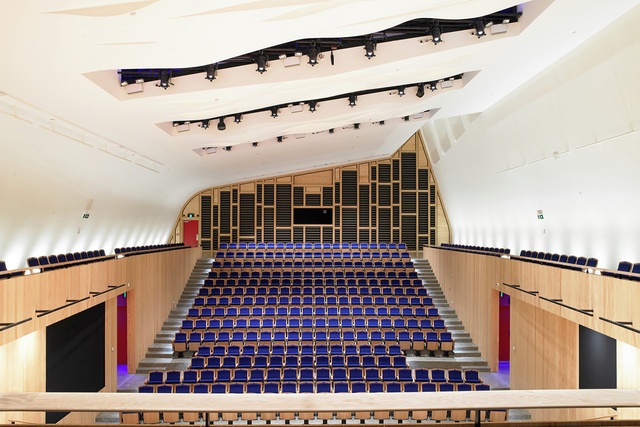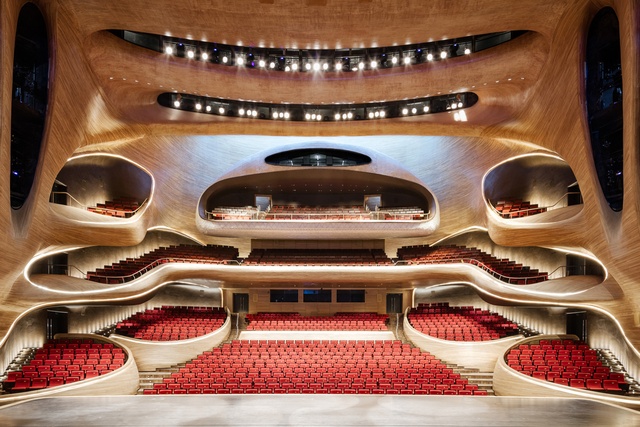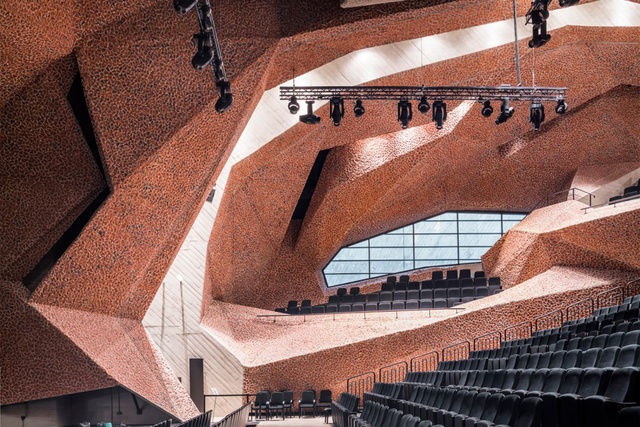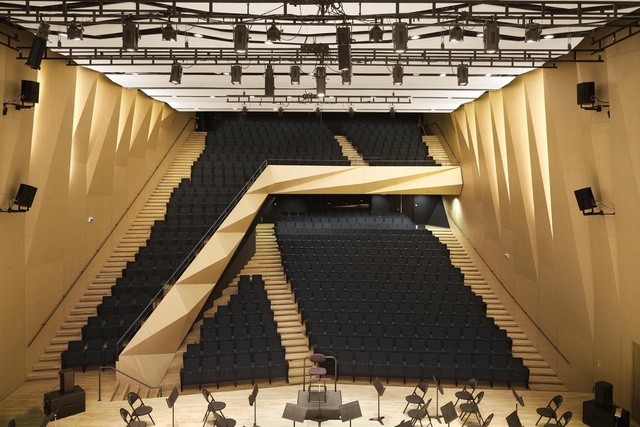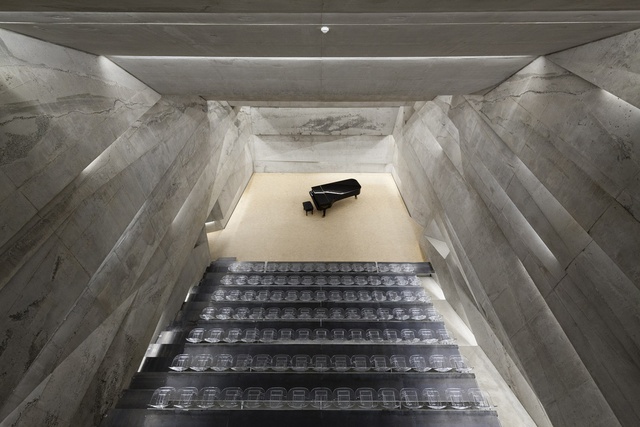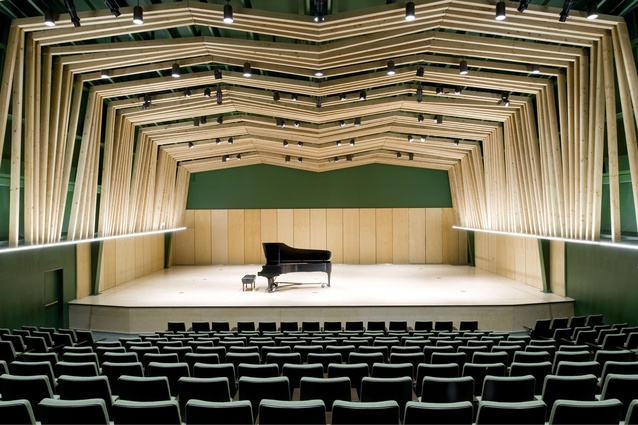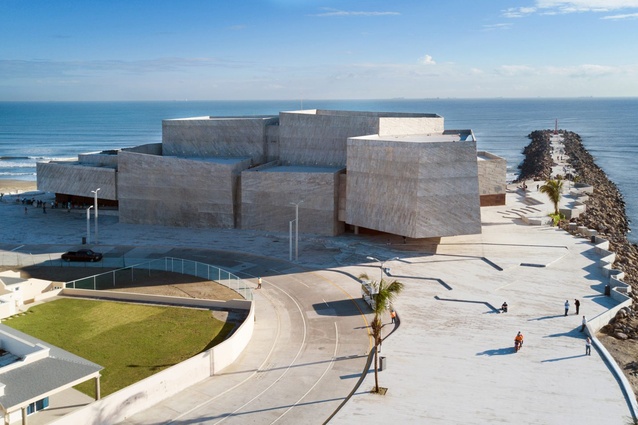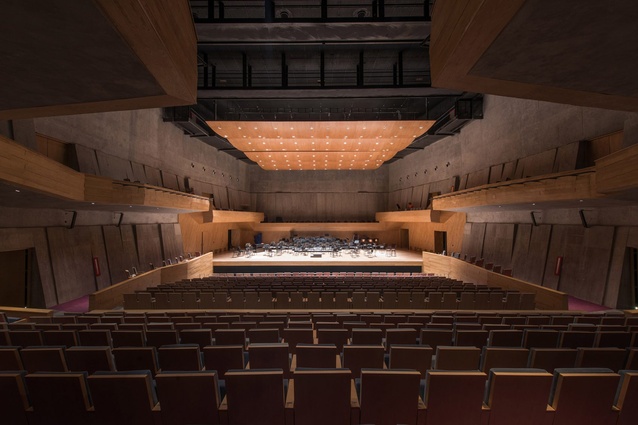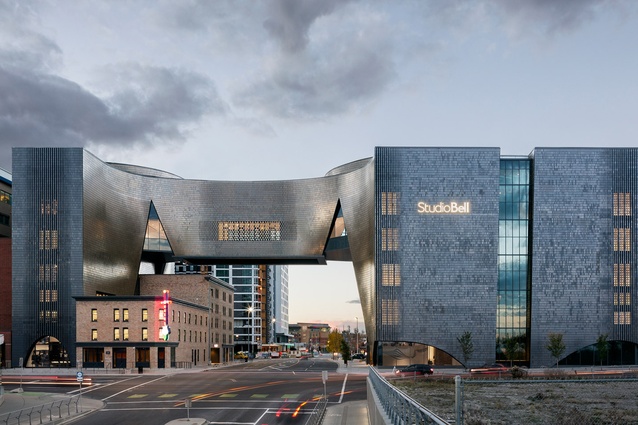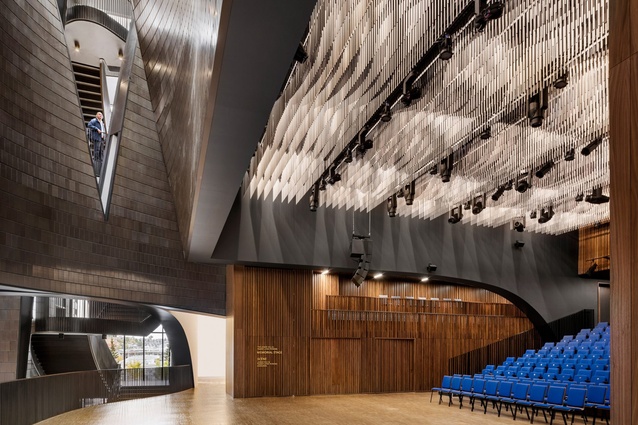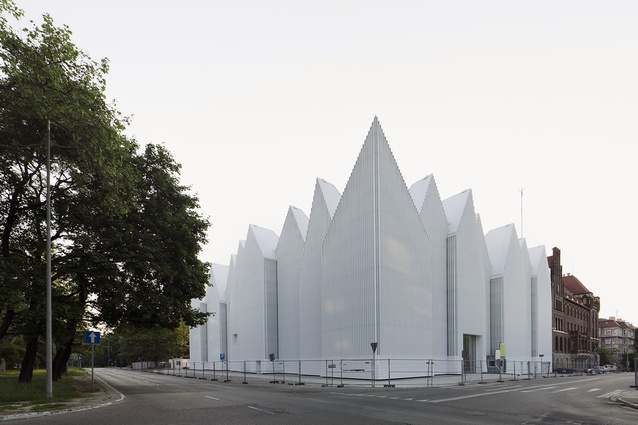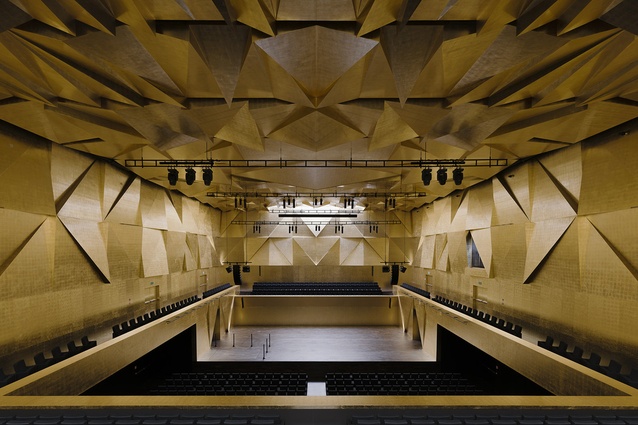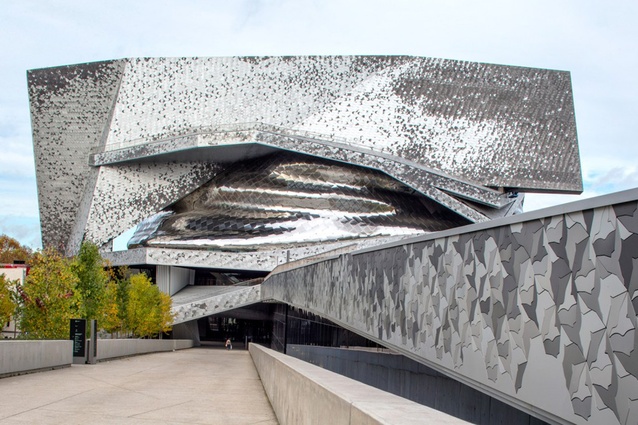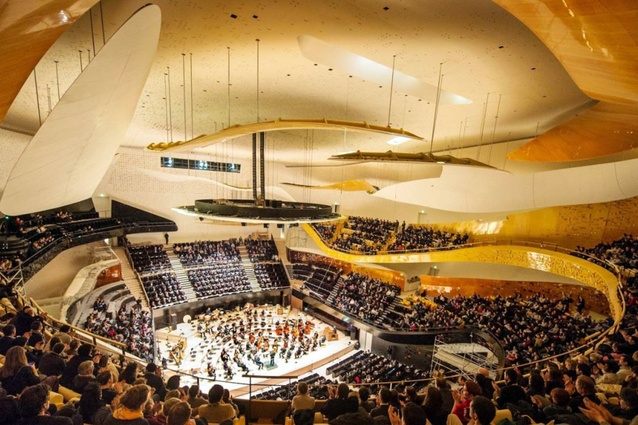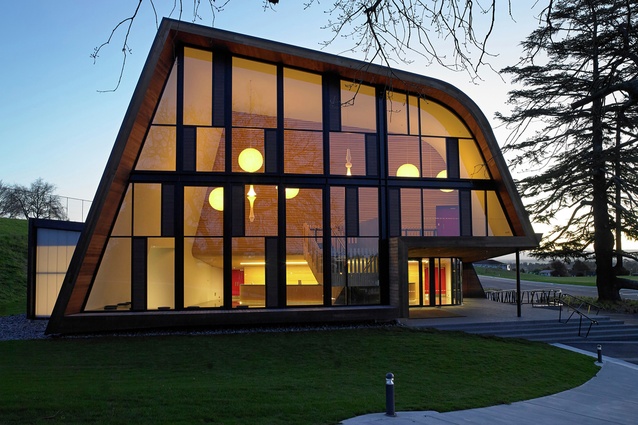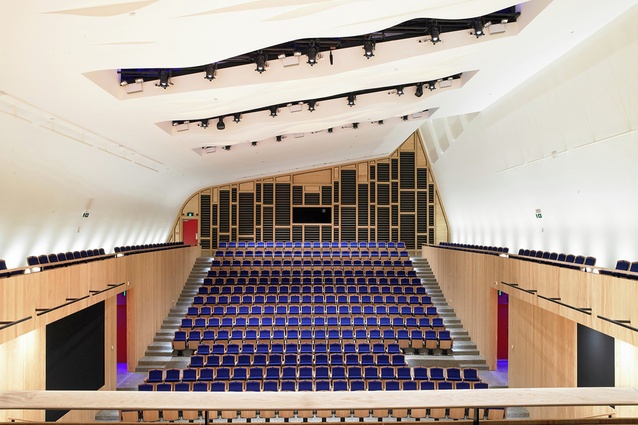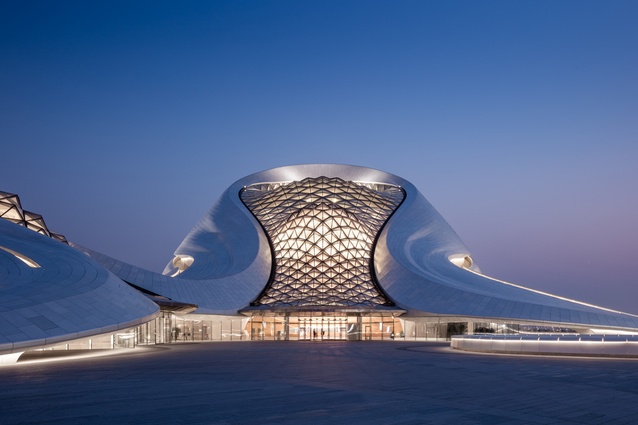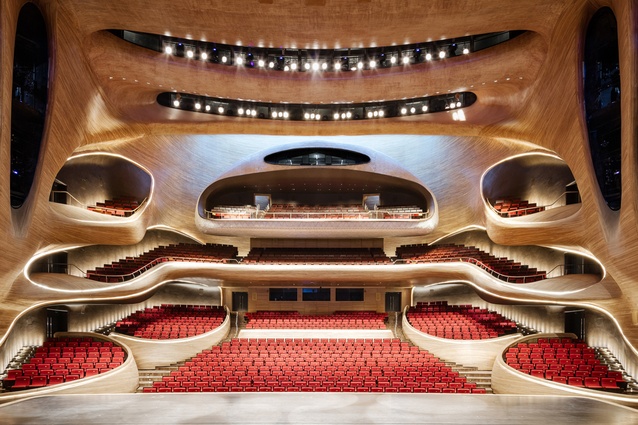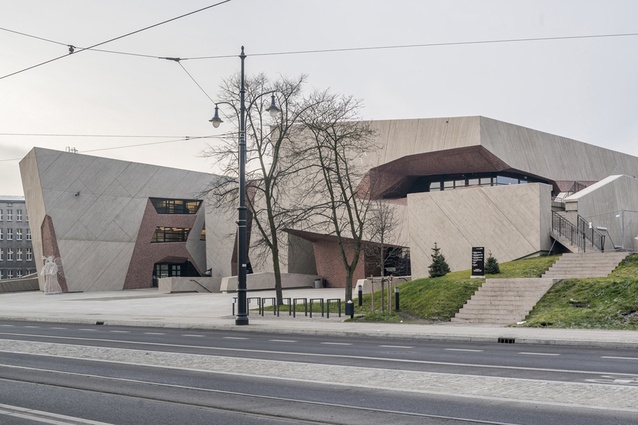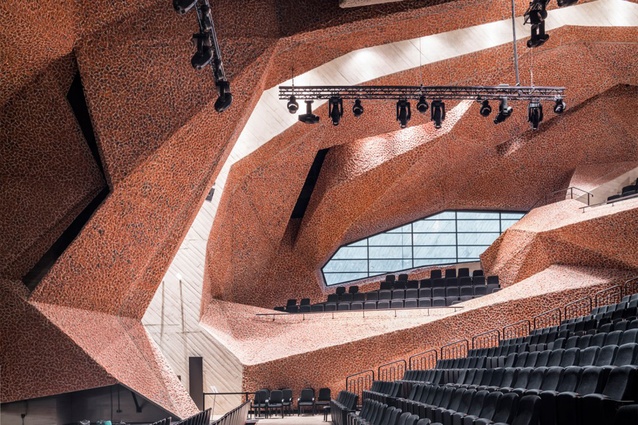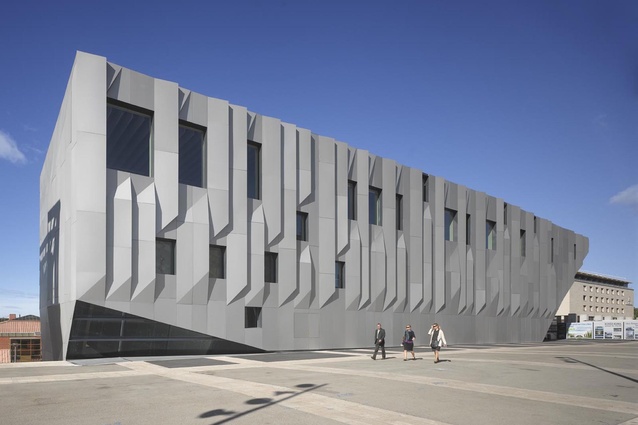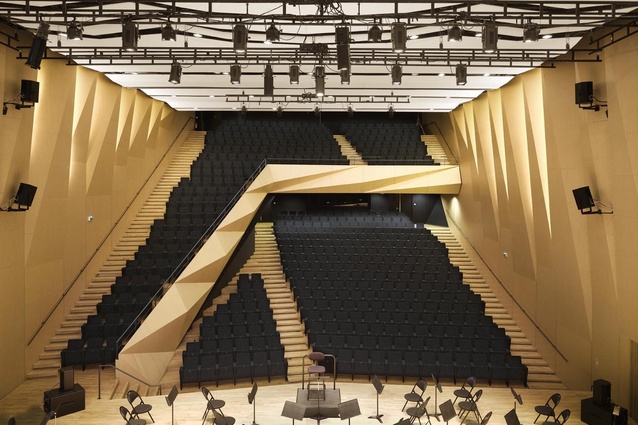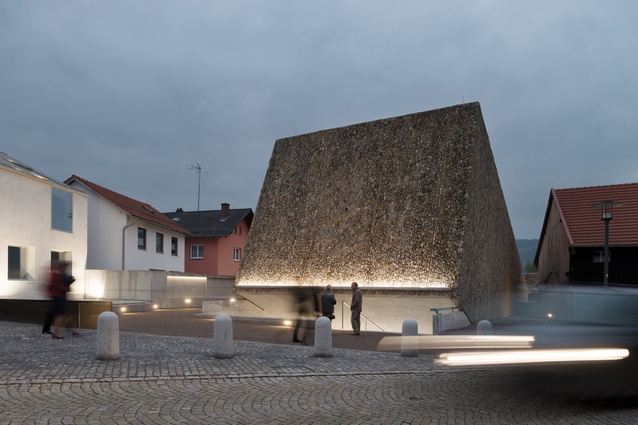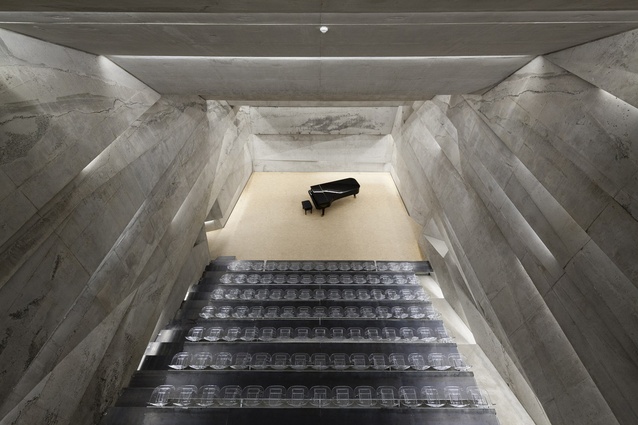Finely tuned
Materials, technology and form are all key ingredients in a well-designed modern concert hall. However, the most important aspect to a purpose-built space for music is, as every lover of classical music knows, the expression of sound.
Acoustics is the branch of physics that deals with the science of sound and having optimal acoustics is fundamental to making a concert hall perform beautifully. To achieve sound that is crystal clear, with the right amount of reverberation in every seat in the house, requires a close collaboration between architects and acousticians.
Sir Harold Marshall is group consultant at Marshall Day Acoustics and one of the leading acousticians in the world, having worked with leading architects such as Jean Nouvel and Zaha Hadid.
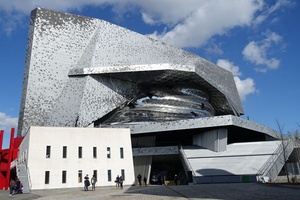
Marshall says, “Occasionally there is a true meeting of minds between an architect and an acoustician and this is when original acoustical design happens, such as with Nouvel’s Philharmonie de Paris. The alternative is to follow a type of ‘acoustical recipe’, which produces satisfactory sound but is not ground-breaking.”
Modern technology, including sound-wave tracking, 3D imaging and advanced digital modelling, means that multiple tests and experiments to improve acoustics can be carried out far more quickly and cheaply than the days when wood and cardboard models were used to simulate the space.
Diffusers, which scatter sound, are used in some spaces to improve the acoustics. Materials such as fabric-covered panels, mineral fibre board, sound-absorbent wood and prefabricated acoustic panelling are all ideal for concert hall use due to their good noise absorption properties.
Targeted acoustics allow for a multifunctional use of concert halls. Halls were once designed to focus on one specific type of music, leading to average sound quality across the board. Today, thanks to scientific developments in acoustics, it is now possible to design a space that is at once suitable for drama, spoken word, choral singing, lectures, opera and a full orchestra.
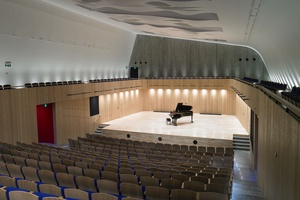
Curved ceilings and swooping, shaped walls all impact the way the audience experiences sound. The use of curved or faceted surfaces can diffuse sound and, aesthetically, create dramatically different visual results. Architects will often use organic, flowing lines next to incisive, static shapes to create drama and interest.
Nicholas Lawson of Stevens Lawson Architects says, “We designed the Blyth Concert Hall in Havelock North as a finely-tuned musical instrument. The timber interior gives a warm tone to the acoustics, similar to string instruments, as well a psychological warmth to the space.
“It was important that the acoustics worked well for both classical music and spoken word theatre, so we designed an operative acoustic wall which could modify the reverberation time at the flick of a switch. The asymmetrical shape of the hall embraces Marshall Day’s acoustic concept of ‘dynamic symmetry’, creating a subtly dynamic and alive acoustic effect,” Lawson concludes.
While the large concert hall of today is often designed as a stand-alone icon, in the 19th century these buildings were generally designed to blend into the city and be a part of the urban fabric. The combination of a concert hall with commercial space in order to bolster a financially-strapped orchestra was relatively common.
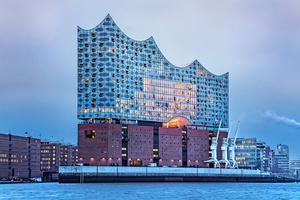
Today, these buildings are largely freestanding object buildings surrounded by open space, with exteriors highly focused on expressive forms and treated surfaces.
The multi-functionality of these modern spaces perhaps points to the future of concert hall design. The newly-opened Elbephilarmonie in Hamburg, Germany, is at once a cultural and residential complex, with three concert venues, a hotel and apartments alongside restaurants, bars and conference rooms. Concert halls that offer a wide range of activities and uses could ensure their continued relevance as we get deeper into the 21st century.
Below are 10 examples of modern concert halls in which ArchitectureNow would love to hear a symphony orchestra play. More images can be seen in the slideshow above.
